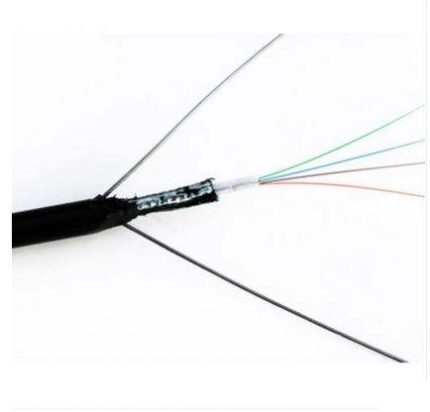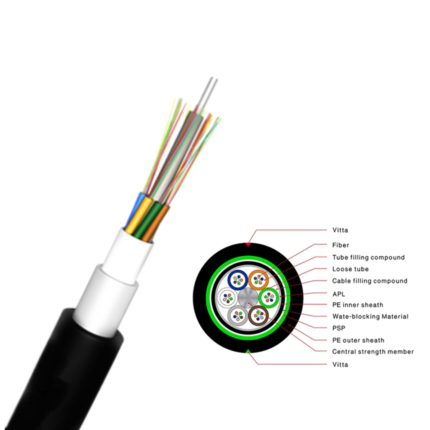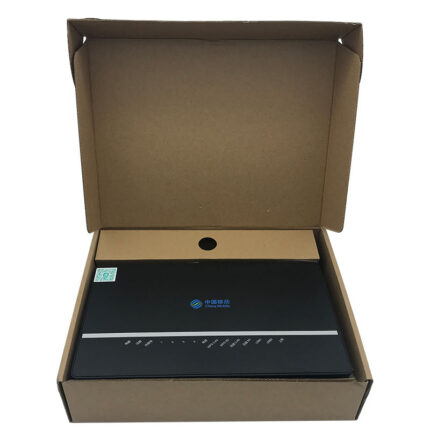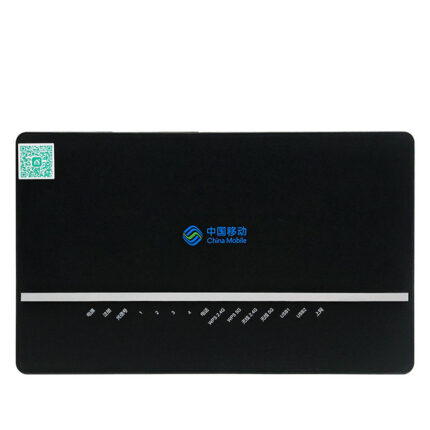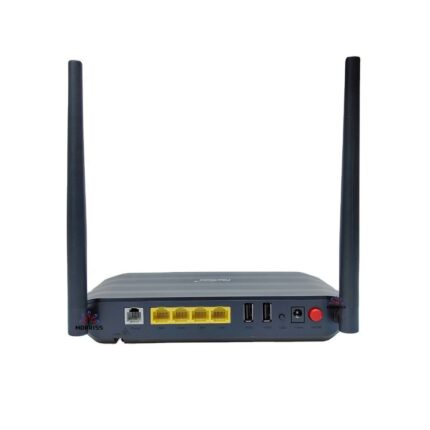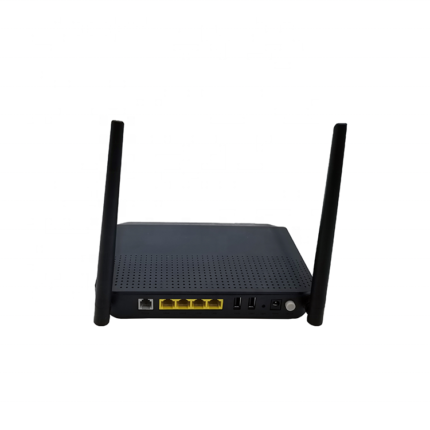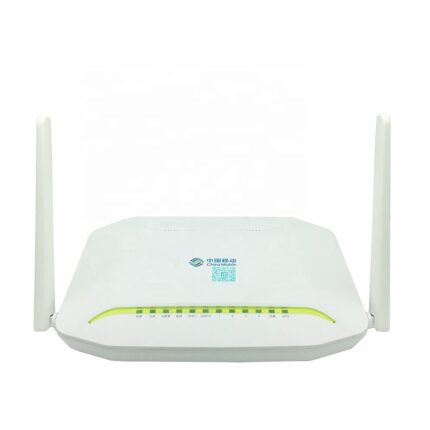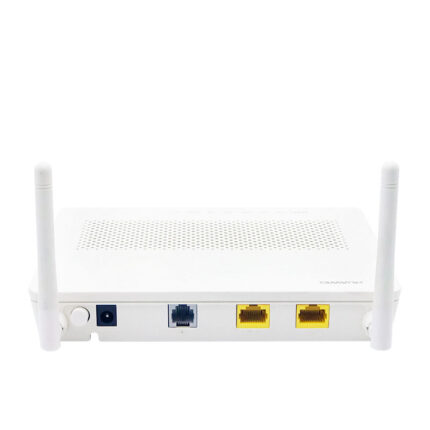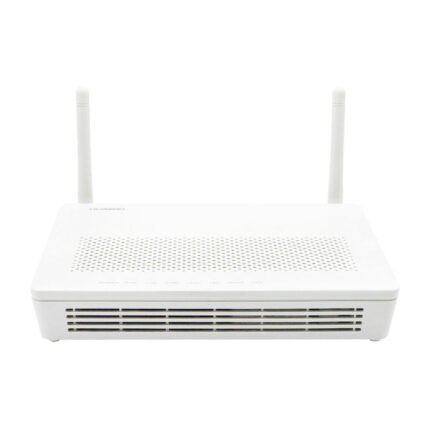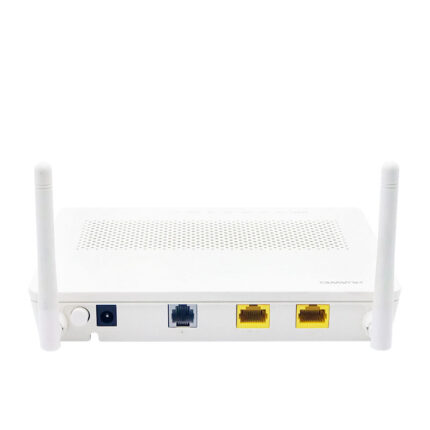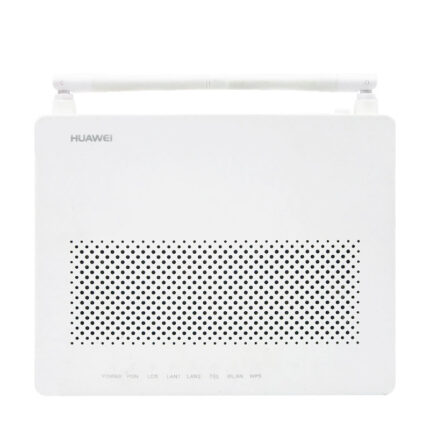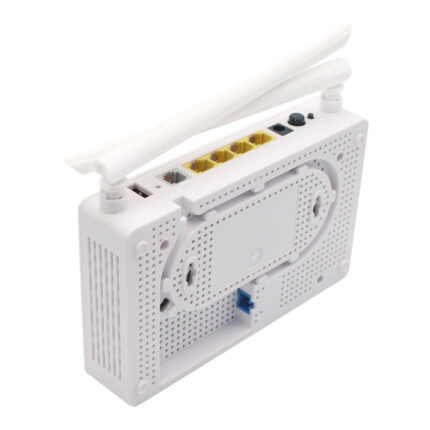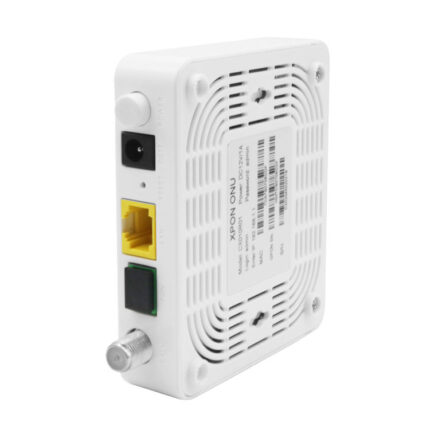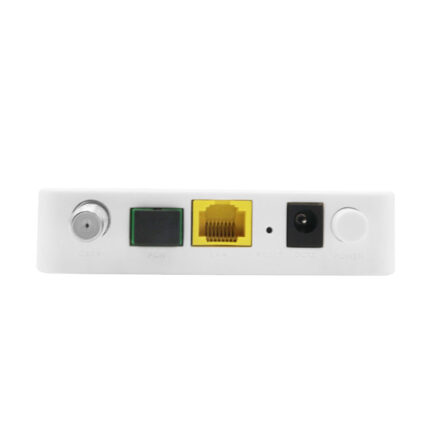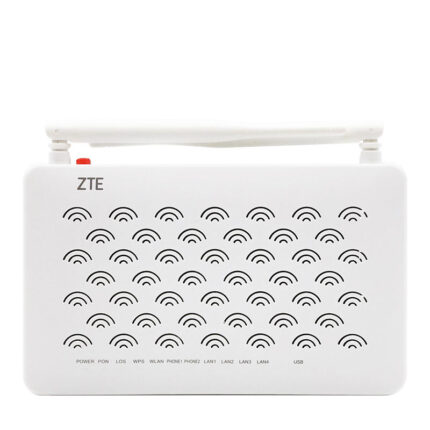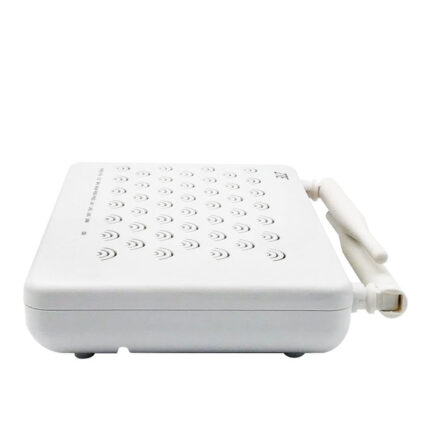OPLC Fiber Optic Cable Description:
This OPLC Fiber Optic Cable is renowned for its exceptional performance and reliability, making it a sought-after choice across industries. Its advanced design facilitates high-speed data transmission while minimizing signal loss, meeting the rigorous demands of contemporary communication systems. Crafted for durability, it boasts resilience against challenging environmental conditions, ensuring prolonged operational lifespan.
Its flexibility simplifies installation across diverse settings, from residential to industrial applications. Its hot sale status underscores its quality and efficacy in delivering seamless connectivity solutions. It can solve broadband access problems, equipment power supply and transmission of emergency signals, It also performs the transmission of data, voice and video.
OPLC integrates copper cable of optical transmission and power, can solve broadband access problems, equipment power supply, transmission of emergency signals, etc. It also performs the transmission of data, voice and video. Transparent transmission of electricity meter data, to inform and charge electricity. The customer can dial the IP phone, surf the Internet, watch video on demand or HDTV.
Main Features:
Applications of OPLC Fiber Optic Cable:
The Fiber Optic Cable finds applications across diverse industries and settings due to its versatility and reliability. Here’s a description of its applications:
- Telecommunications: It serves as the backbone of modern telecommunications networks, facilitating high-speed data transmission over long distances. Telecom companies rely on fiber optic cables to ensure seamless connectivity for voice, data, and video services.
- Data Networking: In data networking, fiber optic cables are used to create high-speed and high-bandwidth connections between servers, routers, switches, and other networking equipment. They are essential for ensuring fast and reliable data transfer in data centers and enterprise networks.
- Internet Service Providers (ISPs): ISPs use fiber optic cables to deliver high-speed internet services to residential and business customers. Fiber-to-the-Home (FTTH) and Fiber-to-the-Premises (FTTP) deployments rely on fiber optic cables to provide ultra-fast internet connections.
- Broadcasting and Media: Fiber optic cables are used in broadcasting and media industries for transmitting audio, video, and data signals over long distances with minimal signal loss. They enable the distribution of high-definition television (HDTV), streaming services, and other multimedia content.
- Industrial Applications: Fiber optic cables are utilized in industrial environments for tasks such as remote monitoring, control systems, and industrial automation. They offer immunity to electromagnetic interference (EMI) and can withstand harsh environmental conditions, making them suitable for industrial use.
- Medical Imaging: In the field of medicine, fiber optic cables are employed in medical imaging devices such as endoscopes, laparoscopes, and medical lasers. They enable high-resolution imaging and precise illumination, facilitating minimally invasive procedures and diagnostics.
- Military and Aerospace: Fiber optic cables are utilized in military and aerospace applications for communication, surveillance, and navigation systems. Their lightweight and immune nature to electromagnetic interference make them ideal for use in aircraft, satellites, and other aerospace platforms.
- Oil and Gas Industry: Fiber optic cables are deployed in the oil and gas industry for monitoring and controlling drilling operations, pipeline integrity, and seismic sensing. They provide reliable communication and data transfer in remote and harsh environments.
Product Specifications of OPLC Fiber Optic Cable:
| Specification | Description |
|---|---|
| Performance | Exceptional performance with minimal signal loss, ideal for high-speed data transmission. |
| Reliability | Reliable connectivity, meeting the demands of modern communication systems. |
| Durability | Engineered for durability, capable of withstanding harsh environmental conditions. |
| Flexibility | Flexible design for easy installation in various settings, from residential to industrial use. |
| Environmental Resistance | Resilient against challenging environmental conditions, ensuring long-term functionality. |
| Application | Suitable for a wide range of applications, including telecommunications and data networking. |
| Market Status | Hot sale item, indicating its popularity and effectiveness in delivering seamless connectivity. |

